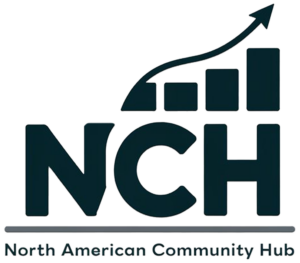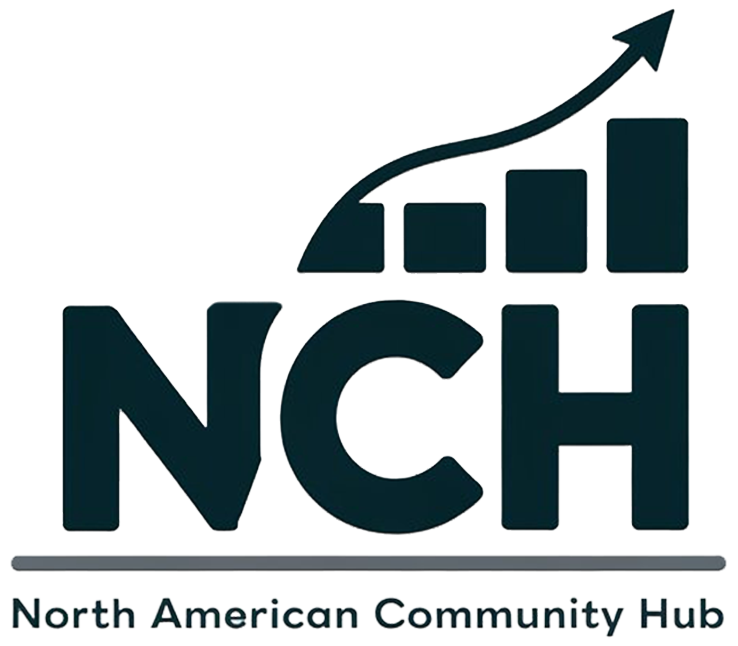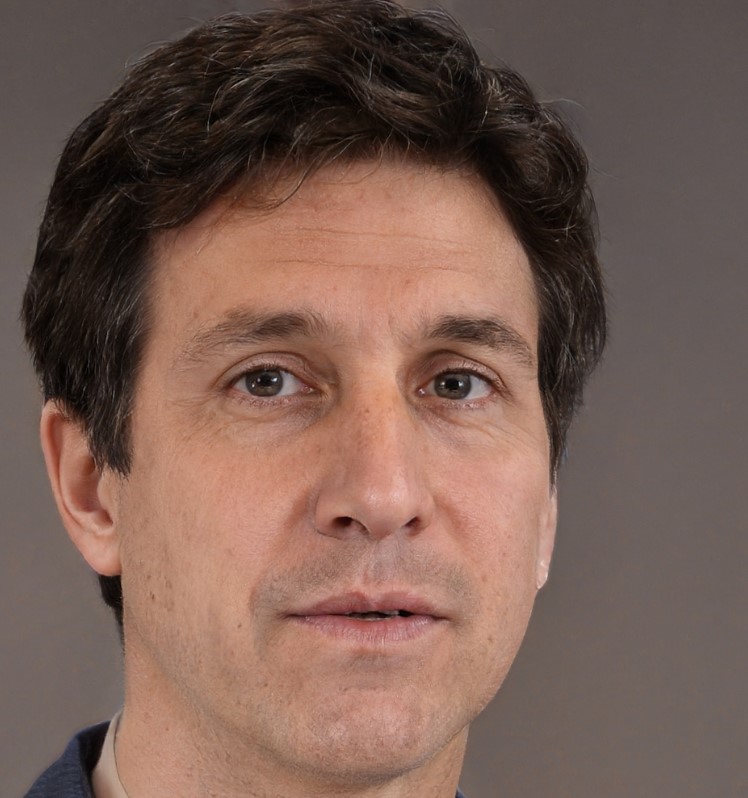Healthcare remains one of the largest and most critical sectors in the American economy.
In 2025, an estimated 19 to 20 million individuals are employed in various branches of the healthcare system, representing about 12% of the total U.S. workforce.
Such massive employment reflects not only the importance of medical services but also the growing demand for skilled professionals as the population ages and technology advances.
Therefore, having a complete understanding about how many people work in this particular industry is of the utmost importance.
Total Employment in the US Health Industry (2025)

| Sector | Estimated Jobs (2025) | Share of Sector |
| Hospitals (public & private) | 6.7 million | 33% |
| Ambulatory & outpatient services | 5.2 million | 26% |
| Nursing & residential care facilities | 3.4 million | 17% |
| Home healthcare & personal care | 2.3 million | 12% |
| Dental, optical, and allied health practices | 1.5 million | 8% |
| Public health/government services | 0.9 million | 4% |
Employment in healthcare has reached between 19 and 20 million in 2025, securing its place as one of the most labor-intensive industries in the nation.
Hospitals, clinics, long-term care centers, and public health institutions collectively employ more Americans than almost any other sector.
Projections point toward continued expansion, with total employment expected to hit 21–22 million by 2030.
Such growth reflects healthcare’s stability, resilience, and its essential role in both economic and social structures.
Roughly one in eight American workers now serves in healthcare in some capacity, demonstrating its reach across:
- Urban
- Suburban
- Rural areas
Compared to manufacturing and education, healthcare employs more workers, and it closely rivals retail trade in overall size.
What drives this expansion is a structural shift toward service-oriented employment powered by several long-term trends:
Key drivers of the healthcare employment surge include:
- Millions of baby boomers are entering retirement age, increasing demand for care services.
- Conditions such as diabetes, hypertension, and cancer require long-term treatment and monitoring.
- Expansion of digital health tools, AI diagnostics, and telemedicine has created new professional roles.
- Focus on preparedness, vaccination, and preventive programs continues to sustain hiring.
- Healthcare remains recession-resistant, ensuring stability for both workers and institutions.
Who Makes Up the Workforce?

Healthcare professionals represent a diverse mix of skills, education levels, and responsibilities.
Every position, from high-precision surgical specialists to behind-the-scenes custodial teams, contributes to patient outcomes and operational success.
Registered Nurses remain the largest professional group, with 3.39 million employed nationwide.
Physicians total around 930,000, including 279,000 practicing in primary care.
Licensed Practical and Vocational Nurses add another 700,000 to the workforce, while Nurse Practitioners contribute approximately 385,000.
Allied health professionals fill over 12 million positions, spanning dozens of fields.
Main occupational categories within healthcare include:
| Registered Nurses (RNs) | Core clinical providers who ensure patient care quality and continuity. |
| Physicians | Nearly one million professionals are delivering diagnostics, treatments, and preventive medicine. |
| Nurse Practitioners and LPNs | Supporting roles enhancing accessibility to care and managing chronic conditions. |
| Allied Health Professionals | Technicians, lab specialists, radiographers, and therapists provide essential technical expertise. |
| Administrative and Support Staff | HR specialists, IT technicians, financial analysts, and custodial teams maintain daily operations. |
Pharmacists, physician assistants, and dentists also play vital parts in both community health and institutional care.
A system of such scale requires coordination, empathy, and technical competence across thousands of settings, reflecting how healthcare operates as a complex ecosystem rather than a single sector.
BSN to FNP online programs help bridge the growing gap in primary care by equipping registered nurses with the skills and credentials to become Family Nurse Practitioners (FNPs).
Why So Many People Choose to Work in Healthcare

Healthcare careers continue to attract professionals seeking financial stability, personal satisfaction, and purpose.
One of the most appealing aspects is job security, with nearly 1.9 million openings projected each year through 2033.
Medical care remains essential, so employment levels stay high even during economic downturns.
Compensation further enhances its draw. Median healthcare salaries average 68% higher than national earnings, providing strong financial motivation.
Specialists such as surgeons, anesthesiologists, and radiologists can exceed $500,000 annually, while even entry-level healthcare jobs tend to offer competitive wages compared to other industries.
Additional reasons why professionals are drawn to healthcare include:
- Loan forgiveness programs: Federal and state initiatives such as PSLF and CalHealthCares help manage student debt.
- Flexible schedules: Options for part-time work, shifts, or remote patient monitoring support work-life balance.
- Telehealth: Digital consultations have broadened access and created remote positions.
- Career: Certifications, graduate degrees, and management tracks offer continual professional development.
- Representation and inclusion: A workforce that is 80% female and increasingly multicultural continues to evolve, even as leadership equality grows slowly.
Growth Drivers and Emerging Trends
Healthcare growth is influenced by several interconnected forces reshaping how care is delivered, staffed, and supported.
Demographic Shifts
A growing senior population exceeding 64 million Americans over 65 drives an increased demand for medical and long-term care services.
As life expectancy improves, more individuals require chronic disease management, rehabilitation, and daily living assistance.
The rising prevalence of heart disease, diabetes, and neurodegenerative disorders pushes healthcare institutions to expand both facilities and personnel.
Technological Change
Rapid innovation has redefined modern healthcare operations.
Artificial intelligence now assists in diagnostics, predictive analytics, and documentation.
Automation improves efficiency while reducing clerical errors.
Telehealth has become integral to the system, bridging care gaps in rural areas and improving patient follow-up rates.
Key technological trends shaping employment include:
- AI-based diagnostics and data management systems.
- Telemedicine platforms are enhancing accessibility.
- Wearable devices and home monitoring for chronic illness care.
- Healthcare cybersecurity and data privacy roles.
- Automation in recordkeeping and billing systems.
Shift to Outpatient and Home-Based Care

Ambulatory services are expected to add more than 1.2 million jobs by 2030 as the healthcare system pivots toward preventive and outpatient treatment models.
Patients increasingly prefer recovery in home environments supported by advanced portable medical equipment.
Insurance policies also encourage this transition by offering lower-cost home treatment options.
As a result, roles such as home care aides, telehealth coordinators, and physical therapists continue to expand.
Challenges & Workforce Pressures
Despite rapid expansion, healthcare faces several critical challenges.
Physician shortages could reach 50,000 to 90,000 by 2036, while deficits in Registered Nurses are estimated at 100,000 to 200,000 by 2035.
Burnout remains another urgent issue. Intense workloads, long hours, and high administrative burdens contribute to fatigue and emotional strain.
Approximately one-third of nurses are now over 50, indicating a potential retirement wave.
Nearly two-thirds of physicians plan to retire or scale back hours within the next decade, amplifying the shortage risk.
Primary factors adding pressure to the workforce include:
- Staffing shortages: Persistent deficits among nurses and physicians.
- Aging workforce: Growing retirements are creating skill gaps.
- Burnout: Physical and emotional exhaustion leading to turnover.
- Policy uncertainty: Medicaid reductions and visa restrictions limiting workforce replenishment.
- Training pipeline delays: Limited capacity in nursing and medical schools is slowing new entries.
Addressing these issues requires investment in retention strategies, mentorship programs, and workplace reforms.
Mental health support for caregivers must become a standard feature of healthcare employment to sustain morale and patient safety.
Economic & Social Impact

Healthcare exerts enormous influence on both the economy and society.
National healthcare spending reached approximately $4.6 trillion in 2025, accounting for 17.6% of GDP.
Such a scale makes it not only an essential public service but also a primary driver of U.S. economic growth.
Roughly 18% of all new jobs created in 2024 originated within healthcare, demonstrating its unmatched capacity for generating employment.
Hospitals and clinics serve as major economic anchors in cities and towns, supporting a wide range of secondary services.
Economic ripple effects created by healthcare employment include:
- 1.3 indirect jobs per healthcare job: Support roles in logistics, IT, cleaning, and maintenance.
- Regional economic stabilization: Medical centers attract investments, infrastructure, and local businesses.
- Tax revenue growth: Healthcare wages contribute significantly to local and federal tax bases.
- Technological innovation: Demand for advanced equipment stimulates growth in the biomedical and IT sectors.
The Bottom Line
Healthcare has firmly established itself as America’s leading employment powerhouse.
With tens of millions of workers and constant demand driven by demographic, technological, and societal factors, its influence continues to expand.
Challenges such as burnout and shortages remain pressing, yet the field offers stability, high earning potential, and meaningful purpose.
In the years to come, healthcare will continue to play a vital role in shaping both the labor market and the nation’s well-being.


